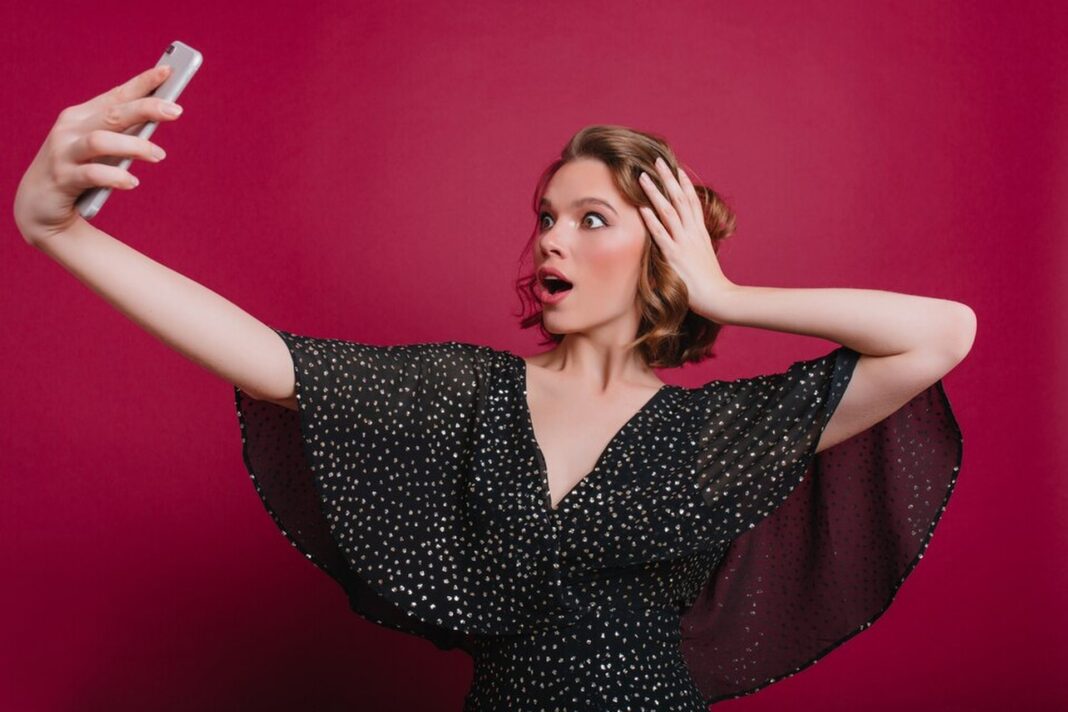Personal style is essential in today’s fashion scene. Many seek advice on their clothes and looks. Beyond superstars and influencers, personal stylists are becoming more common. More individuals understand the advantages of employing a stylist. This article discusses personal styling growth and distinctions from fashion consultancy. The article discusses celebrity styling and clothing psychology. Building a personal style portfolio and who requires a stylist are also covered.
Who Needs A Personal Stylist
Personal stylists aren’t only for celebrities and fashionistas. Anyone wanting to look better or modify their style may benefit. Professionals fresh to a workplace may require advice. Busy people may not have time to buy or style. People who lose weight or change careers may desire to refresh their style.
Fashion options might overwhelm certain individuals who struggle with self expression via dress. Others may not know how to dress for certain events. Personal stylists provide advice and help on these issues. These specialists emphasize originality by helping consumers find their style.
As first impressions count, wearing it properly may open doors. Preparing for a job interview date or big occasion requires confidence. Personal stylists help build confidence with personalized outfits. They study trends and determine which styles fit different body shapes.
Long term advantages might result from stylist relationships. Clients get the knowledge to make fashion decisions on their own. Style may improve with stylist coaching. Everyone deserves to look and feel their best so personal stylists help.
The Evolution Of Personal Styling
Over time personal style has evolved. The profession first served celebrities and wealthy clientele. As fashion grew more accessible, personal stylists served more groups. Digital and social media have democratized style advice. Sharing fashion adventures inspires people worldwide.
Fashion stars and celebrities have changed personal style views. Many individuals desire to appear like their idols, making stylists crucial. Social media drives trends and norms. Stylists help people achieve their desired style using their expertise. Inclusivity has affected personal style.
Styling is used to emphasize beauty standards. Stylists nowadays accept varied body types, ethnicities and tastes. This change promotes fashion true originality. Personal style now caters to more people with different requirements and interests.
The delivery of stylist services has also evolved. Virtual styling supplements one on one appointments. Expert advice is available online making it easy for clients. Personal style has changed with society and the rise of fashion as self expression.
The job emphasizes personal branding and authenticity as it grows. As personal style changes so does the definition of dressing properly. Hiring a personal stylist becomes more relevant to a broad audience due to this progression.
Personal Stylists Vs. Fashion Consultants
People mistake personal stylists with fashion advisors since both improve customers‘ looks. The two professions have distinct aims. Personal stylists specialize in wardrobe curation and customized clothing. They tailor fashion based on the client’s lifestyle interests and body shape.
Fashion consultants have a larger industrial focus. They may discuss market trends, color theory and seasonal collections. Brands and designers use consultants to learn customer preferences. They specialize in fashion marketing and sales not wardrobe management.
Personal stylists collaborate with clients to create a distinctive style while consultants analyze. Consulting frequently incorporates marketing or company advice, not just personal fashion. However both jobs demand fashion and trend awareness.
Collaborations between personal stylists and fashion advisors improve style services. Personal stylists might use consultants‘ trend knowledge for customers. This interaction may enhance the style and provide a complete experience. Learning the differences between the positions helps people pick a service.
Personal styling or consultation may improve fashion knowledge. Recognizing each role’s distinct contributions helps clients manage style. Informing oneself about fashion may boost self confidence and love of clothes.
Building A Personal Style Portfolio
A personal style portfolio is vital to mastering personal fashion. This portfolio shows one stylistic progression and preferences. A selection of relevant clothing colors and accessories aids decision making. A well curated portfolio represents ingenuity and individuality.
Inspiration should be sought from numerous sources to construct a portfolio. Social media fashion publications and personal photos may assist. Favorite outfits, styles and color palettes show personal preference. Avoid trends that don’t fit your style and be loyal to yourself.
Including a variety of clothing shows adaptability and highlights unique styles. Clients may organize collections by subject weather or occasion. This arrangement streamlines event attire selection. The personal stylist and client can communicate better with a thorough portfolio.
The portfolio should be updated often to reflect stylistic changes and preferences. A successful plan requires adaptation as trends and preferences change. A personal style portfolio helps boost fashion confidence and self awareness. Personal style might be complicated but this selection can assist.
How Personal Stylists Enhance Celebrity Image?
Celebrities‘ stylists shape and enhance their image. Stylist choices affect public impression from the red carpet to informal excursions. Celebrities must choose their clothes carefully to preserve a favorable image due to intensive scrutiny. Personal stylists research trends and create brand appropriate outfits.
Celebrity personal stylist relationships go beyond aesthetics. Stylists match celebrity clothing to their personalities for authenticity. This trust allows stylists to take innovative risks that boost a star appearance. A great stylist may change a celebrity image making fashion history.
Social media has boosted personal stylists‘ influence on celebrity branding. Stylists must follow trends and how clothes work across platforms. Style may become viral affecting a celebrity career. Stylists now curate fan friendly photographs to brand personal style.
Stylists also work with designers and fashion firms for special possibilities. Personal stylists may boost a celebrity’s fashion prominence by arranging high profile clothes and collaborations. Their function is important since style may boost a celebrity career. Stylists improve clothing and personal branding in the competitive celebrity industry.
The Psychology Of Dressing Well
Besides aesthetics, dressing successfully involves psychology and self expression. The way people dress affects their self esteem and confidence. Making oneself happy in clothes might boost mental health. Clothing may affect mood and self perception according to psychology.
Many equate certain dress styles with success and professionalism. Dressing adequately shows expertise and sincerity. A well coordinated attire boosts social and professional confidence. This psychological link explains why people spend time and effort on outfit selection.
Self expression is also expressed via clothing. Personality is expressed via clothes. Outfits may authentically portray ideals, ideas and individualism. To express oneself via dress promotes acceptance and affiliation.
Personal stylists help with this psychological component of wearing correctly. They assist people in creating fashion that matches their personalities. Psychological advantages rise when clients dress authentically. This alignment boosts self esteem and self worth.
Understanding how clothes and psychology relate stresses personal style. Dressing nicely promotes emotional well being and self confidence. Clothing has power beyond fabric; it helps navigate personal and professional encounters.
What Does A Personal Stylist Do?
Personal stylists provide customized fashion services. They must choose clothes and outfits that meet the client’s lifestyle and interests. Creating a coherent wardrobe requires considering body types, skin tones and personal style. Stylists assist customers in setting and achieving stylistic objectives.
The procedure usually starts with a consultation. The stylist addresses fashion lifestyle and budget during this meeting. After acquiring this information a stylist may recommend a shopping plan or build outfit lookbooks. Stylists may also organize closets and renovate wardrobes.
Additionally personal stylists follow fashion trends to provide knowledgeable advice. They have resources customers may not give them distinct styling alternatives. Their goal is to help people feel confident in their fashion choices and looks.
How Do I Choose The Right Personal Stylist?
Finding the best personal stylist takes time and study. Establish your style and demands. Individuals may seek stylists for casual professional or special event clothes. These factors match stylist skills with personal ambitions.
Check reviews portfolios and personal recommendations for hairdressers. Stylists‘ websites and social media pages reveal their work and style. This helps customers assess eyesight compatibility. Communication is crucial throughout selecting. Questioning prospective stylists builds rapport and familiarity.
Finish with logistics like location and price. Salons may provide virtual services providing possibilities beyond geography. Keeping the financial arrangement under budget is vital. After obtaining all the information a client may choose a stylist to help them look their best.



